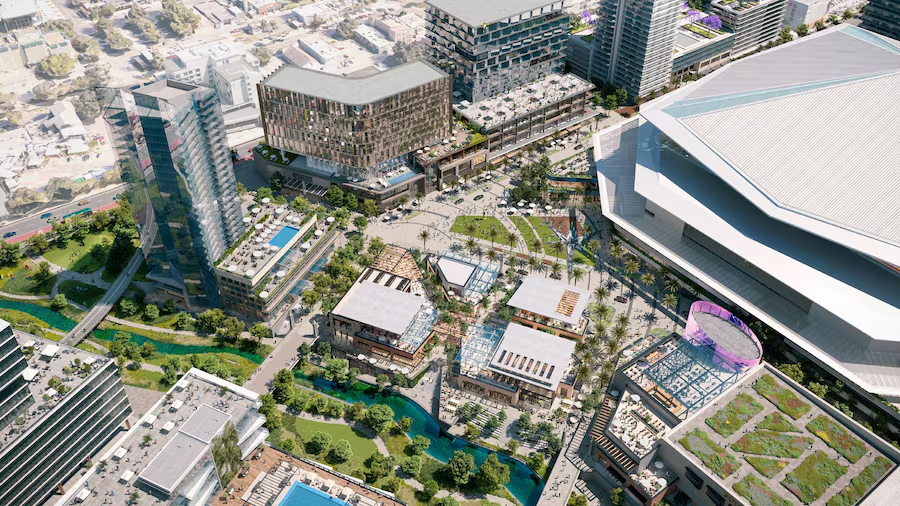
Tampa Bay Rays officials have disclosed that their bid of $105 million for the redevelopment of land surrounding a potential future stadium in the city of Tampa surpasses all competing offers. This bid, secured early last year, marks a significant milestone in the Rays’ efforts to establish a new home for the team. Following over a year of negotiations, proposed terms between the Rays and St. [Finish the sentence]
In the ever-evolving landscape of professional sports, securing a stable future amidst economic uncertainties is paramount for teams. The recent news surrounding the Tampa Bay Rays’ stadium deal in St. Petersburg unveils a strategic move that could significantly benefit the franchise in the long run. By locking in future costs at today’s prices, the Rays have positioned themselves favorably, ensuring financial predictability and sustainability in an industry often characterized by volatility.
The essence of the deal lies in its forward-thinking approach. In a world where inflation and escalating expenses are constant concerns, fixing future costs at present rates provides a hedge against potential financial burdens. This foresight not only fosters stability but also offers the Rays a competitive edge in navigating the economic challenges that lie ahead.

One of the primary advantages of this arrangement is cost containment. By establishing a ceiling on future expenditures, the Rays shield themselves from the unpredictability of market fluctuations. This stability is particularly crucial in the realm of sports, where revenue streams can vary seasonally and are susceptible to external factors beyond the team’s control.
Furthermore, the stadium deal underscores the organization’s commitment to its long-term presence in St. Petersburg. By solidifying its financial commitments, the Rays send a clear message of dedication to their fan base and the community at large. This stability not only fosters trust and goodwill but also lays the groundwork for continued growth and development within the region.
From a financial perspective, the benefits are manifold. By locking in costs at today’s rates, the Rays mitigate the risk of escalating expenses eroding their profitability over time. This proactive approach to cost management enhances the team’s financial resilience and ensures that resources can be allocated efficiently to areas that drive sustainable growth and success.

Moreover, the stadium deal reflects a shrewd understanding of economic dynamics. In an era marked by uncertainty, the ability to secure favorable terms in long-term agreements is a testament to the Rays’ astute negotiation skills and strategic foresight. By capitalizing on current market conditions, the team positions itself for continued success in an ever-evolving landscape.
Beyond the financial implications, the stadium deal carries significant symbolic value. It reaffirms the Rays’ status as a cornerstone of the St. Petersburg community and underscores their role as a catalyst for economic development and civic pride. By investing in their future, both on and off the field, the Rays reaffirm their commitment to excellence and longevity in the hearts and minds of their supporters.
In conclusion, the Rays’ St. Pete stadium deal represents a proactive and strategic move aimed at securing the team’s future in an uncertain world. By locking in costs at today’s prices, the organization not only mitigates financial risk but also reaffirms its commitment to its fans and community. In an industry where foresight and adaptability are paramount, this forward-thinking approach positions the Rays for continued success both on and off the field.
Leave a Reply